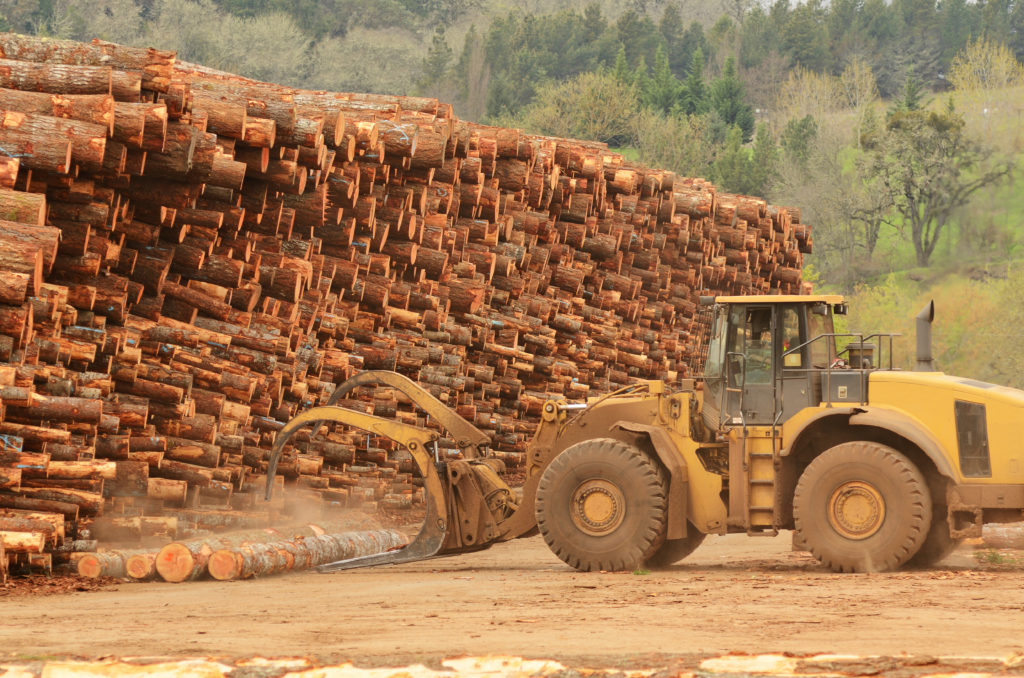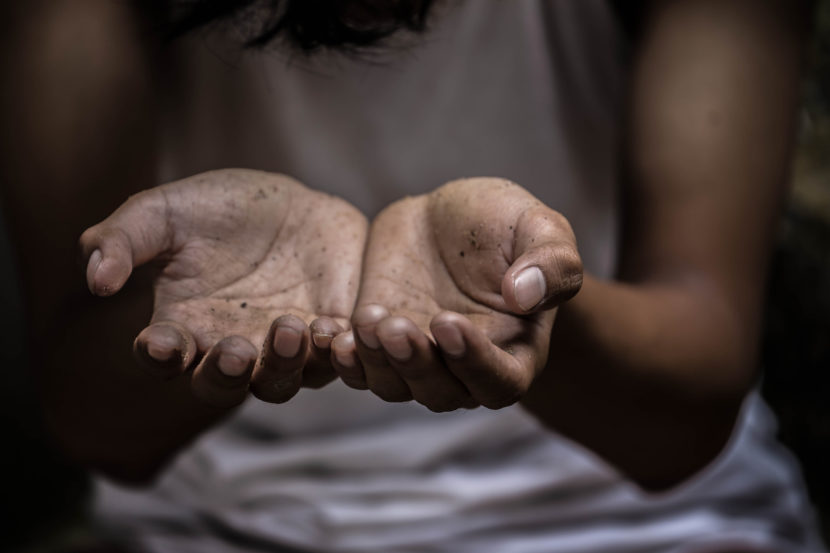Since 1938, child labor laws in the U.S. have delicately balanced economic advancement with protecting young workers. Despite abolishing slavery long ago, recent developments in certain states are rolling back child labor regulations due to economic pressures and industry demands. Nevertheless, concerns about workplace safety remain, as evidenced by reported fatalities among young workers engaged in hazardous jobs.
The U.S. child labor laws from 1938 until today
Child labor has various dimensions. Not all work done by children is considered detrimental. For instance, tasks like aiding family businesses or earning pocket money can foster skills and growth. Nevertheless, child labor pertains to activities harming mental, physical, social, or moral well-being, and impeding education. This covers dangerous work, hindering school attendance, or demanding excessive labor (International Labour Organization, n.d.).
The U.S. historically struggled with children’s rights, only formally addressing child labor with the pivotal Fair Labor Standards Act (FLSA) of 1938, which sought to protect children from workforce exploitation (Ritter A. J, 2015). The act established rigorous guidelines, notably prohibiting employment for children under 14 and setting work-hour restrictions for those up to 18. Furthermore, the FLSA evaluated and excluded young workers from high-risk occupations, ensuring their safety (Filter A. J. et al., 2023).
Prior to the FLSA’s enactment, the U.S. did not have a federal guideline addressing child labor. This void often resulted in inconsistencies across states, with many children facing risky working conditions, such as in mines or factories, which had a notorious reputation.
One of the more notable challenges occurred in 1982 when President Ronald Reagan proposed more flexibility to the rules, allowing 14- and 15-year-olds to work extended hours, particularly in sectors like fast food and retail. However, a coalition of various groups blocked the proposed changes (Filter A. J. et al., 2023).
Over the past two years, ten states have moved towards weakening protections for young workers. In 2023, seven bills aiming to reduce child labor protections have been proposed. In the proposed bills, restrictions on hazardous work are eased, allowing children from 14 years old to work in specific challenging environments like meat coolers. It also suggests allowing teenagers as young as 14.5 years to drive short distances for work and potentially permits 14 to 17-year-olds to do risky jobs under a “work-based learning program” with state approval (Sherer J. et al., 2023).
Economic pressures drive changes in child labor laws
Industries oftentimes seek flexibility in hiring younger workers due to economic pressures. For big corporations, hiring children results in job creation and reduced labor costs. Consequently, in response to the country’s economic needs, several U.S. states started dialing back child labor protections.
Initiatives started in 2022, with states like Iowa, Arkansas, New Jersey, and New Hampshire enacting laws permitting children from 14 to 17 years old to work night shifts, longer hours, and in previously restricted roles. (Filter A. J. et al., 2023).
The number of working children aged 15 to 17 has varied since 2003, peaking at 3.3 million in the summer of that year. It decreased to 1.9 million in 2011, then rose to 2.5 million by 2017. In the summer of 2017, non-agricultural industries employed about 2.5 million of these children, according to data analyzed by the GAO from the U.S. Department of Commerce and the Department of Labor (United States Government Accountability Office, 2018).
During economic downturns, the number of working children decreased, suggesting that families may have been more financially stable or that job opportunities were less available. As economic conditions improved, the number of working children increased. This indicates that, even during periods of economic recovery, many families continue to face financial challenges, leading them to rely on the incomes of their children.
Child labor and workplace safety
According to the ‘2023 Death on the Job’ report by the AFL-CIO labor federation, “350 workers in the U.S. under the age of 25 died on the job in 2021, including 24 workers younger than 18 years old” (Sainato M, 2023).
A bill was recently reintroduced, aiming to permit 16- and 17-year-olds to work in mechanized operations within the logging industry under parental supervision.This policy’s introduction sparked notable controversy due to distressing child fatalities in the logging sector.
The logging industry stands out as one of the most perilous sectors to be employed within the United States. Its track record consistently places it at the forefront of industries with the highest workplace fatality rates across the nation (Sainato M, 2023).

In June 2023, tragedy struck in Wisconsin when a 16-year-old teenager Michael Schuls lost his life while working at a logging company. In line with a nationwide trend, Wisconsin has seen a notable rise in child labor complaints in recent years, as it joins the ranks of states seeking to loosen anti-child labor laws. This unfortunate occurrence highlights the potential dangers that young workers may encounter when exposed to hazardous industries (Marcus J, 2023).
To make matters worse, the USA is infamous for the widespread exploitation of migrant child labor, where children are frequently engaged in risky occupations. The good news is that the U.S. Department of Labor is addressing this issue by penalizing companies that violate child labor laws with million-dollar fines. However, driven by severe poverty and limited safe options, young migrants are compelled to work in hazardous conditions. The combination of restrictive immigration policies further exposes them to exploitation and debt bondage (Hernandez K, 2023).
The issue is that tasks that are fairly safe for adults can be exceedingly perilous for children. Their bodies are smaller and weaker, so they’re more likely to get hurt. In farming, they handle sharp tools, pesticides, and often lack proper bathrooms.
Other dangerous jobs include carrying heavy things in construction, dealing with radiation in nuclear plants, and breathing in harmful fumes in industries like leather and glass. Some children even get poisoned by lead and mercury in mining and glassmaking (The World Counts, n.d.).
New state laws contradict extensive research showing that long work hours can harm children’s health and development. Young people are more susceptible to workplace injuries and harmful chemical exposures than older adults. Furthermore, young adults who leave school to work face lower earnings and higher unemployment rates (Sherer J. et al., 2023).
Understanding future impact: balancing growth and child welfare
Priority lies in eradicating the severest forms of child labor that endanger the health, safety, or morals of children. These refer to slavery, forced labor, trafficking, child prostitution and hazardous child labor (International Labour Organization, n.d.).
Both employers and policymakers must collaborate to implement stringent regulations, effective monitoring systems, and comprehensive support mechanisms to eliminate the mentioned forms of child labor and ensure the well-being of young workers.
To achieve this employers should prioritize equitable work environments, fair wages, and diversity. Policymakers should, in turn, strengthen labor standards and enforcement by securing adequate funding and implementing stricter penalties.
Young and immigrant workers should be empowered to form unions, particularly in sectors like agriculture and domestic work. This is a fair and effective way to close gaps in labor laws and ensure equal rights for all and protect children (Sherer Jennifer et al., 2023).

Here at Humanium, our mission involves raising awareness about the importance of shielding children from hazardous work and advocating for protective measures. If you want to contribute to our cause, please consider making a donation, volunteering, or becoming a member.
Written by Lidija Misic
Bibliography:
AFL-CIO (2023), Death on the Job: The Toll of Neglect, 2023. Retrieved from AFL-CIO at https://aflcio.org/reports/death-job-toll-neglect-2023, accessed on August 17, 2023.
Filter A. John et al. (2023), States are weakening their child labor restrictions nearly 8 decades after the US government took kids out of the workforce. Retrieved from The Conversation at https://theconversation.com/states-are-weakening-their-child-labor-restrictions-nearly-8-decades-after-the-us-government-took-kids-out-of-the-workforce-205175, accessed on August 15, 2023.
Hernandez Kristian (2023), How U.S. policy drives child migrants into dangerous jobs. Retrieved from The Center for Public Integrity at https://publicintegrity.org/inequality-poverty-opportunity/immigration/how-u-s-policy-drives-childhood-migration-into-dangerous-jobs/?gclid=CjwKCAjwivemBhBhEiwAJxNWNwOaxnQR5M8bdjHQmUZU-UK_qavLUMx3PIeCUtFMLQlt0g9-2rzcQRoCo6MQAvD_BwE, accessed on August 17, 2023.
International Labour Organization (n.d.), What is child labour? Retrieved from ILO at https://www.ilo.org/ipec/facts/lang–en/index.htm, accessed on August 17, 2023.
Marcus Josh (2023), Teen dies in sawmill accident in one of 14 states looking to roll back child labour laws. Retrieved from The Independent at https://www.independent.co.uk/news/world/americas/wisconsin-sawmill-accident-child-labour-b2370029.html, accessed on August 17, 2023.
Ritter A. Jessica (2015), America’s shameful child rights record. Retrieved from Al Jazeera at http://america.aljazeera.com/opinions/2015/6/americas-shameful-child-rights-record.html, accessed on August 15, 2023.
Sainato Michael (2023), ‘Dumb and dangerous’: US sees surge in efforts to weaken child labor regulations. Retrieved form The Guardian at https://www.theguardian.com/law/2023/may/01/us-surge-efforts-reduce-child-labor-regulations, accessed on August 15, 2023.
Sherer Jennifer et al. (2023), Child labor laws are under attack in states across the country. Retrieved from Economic Policy Institute at https://www.epi.org/publication/child-labor-laws-under-attack/, accessed on August 15, 2023.
United States Government Accountability Office (2018). Working children – Federal Injury Data and Compliance Strategies Could Be Strengthened. Retrieved from: https://www.gao.gov/assets/gao-19-26.pdf, accessed on August 15, 2023.
The World Counts (n.d.), Child Labor Working Conditions. Retrieved from The World Counts at https://www.theworldcounts.com/stories/child-labor-working-conditions, accessed on August 18, 2023.


